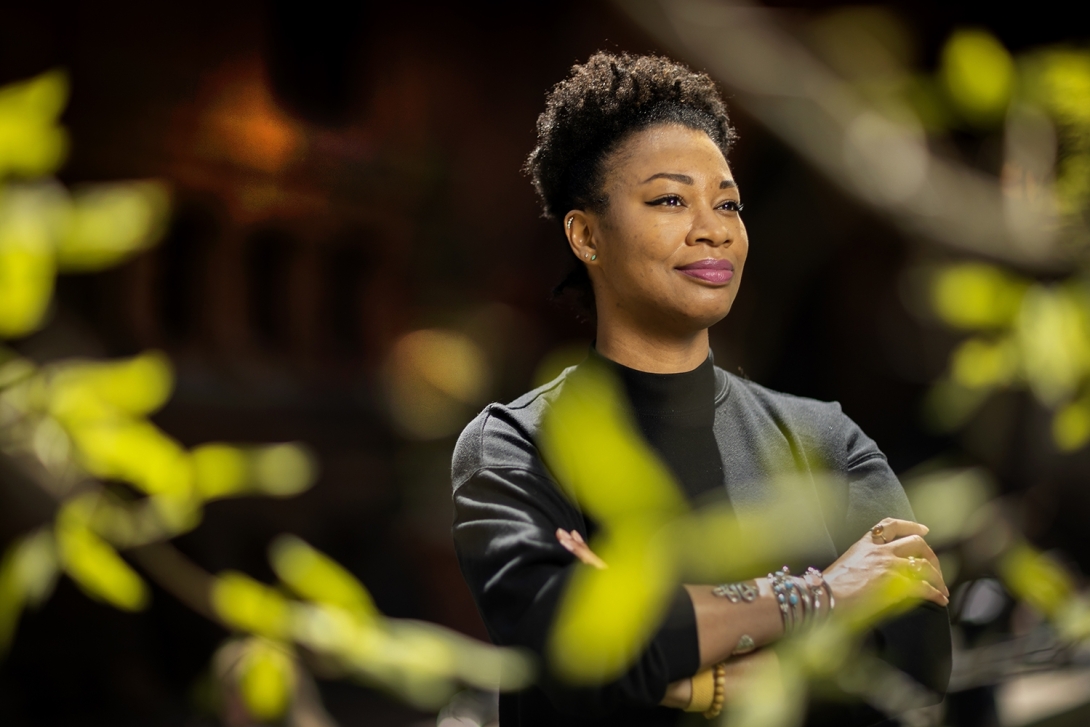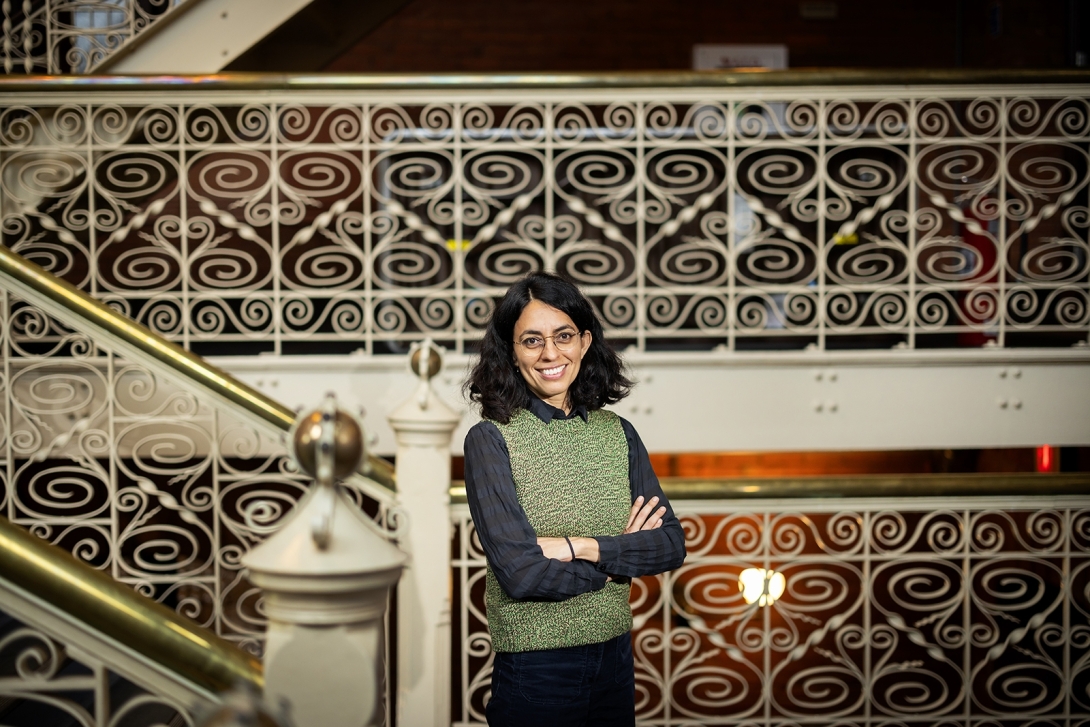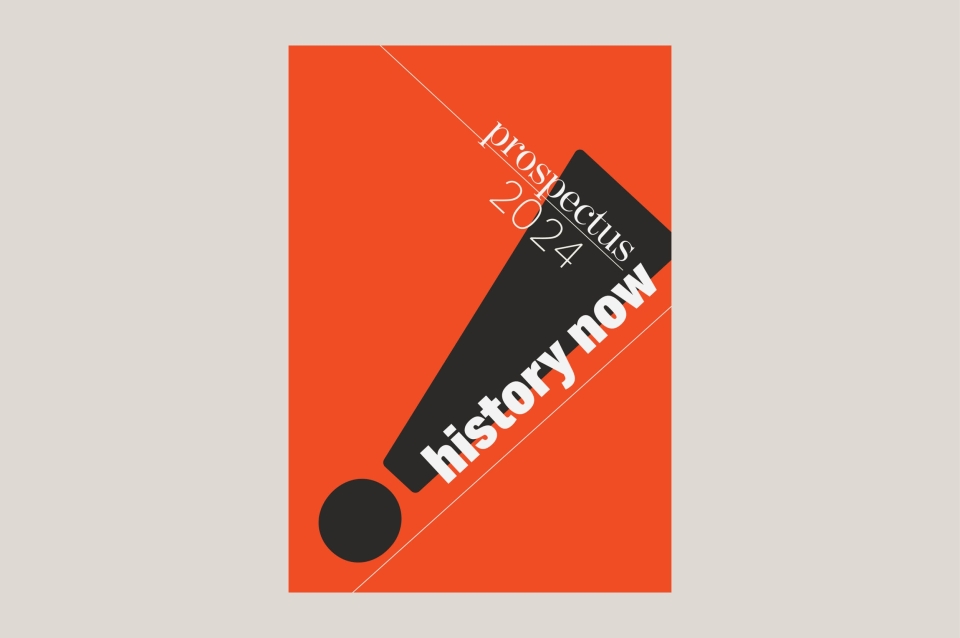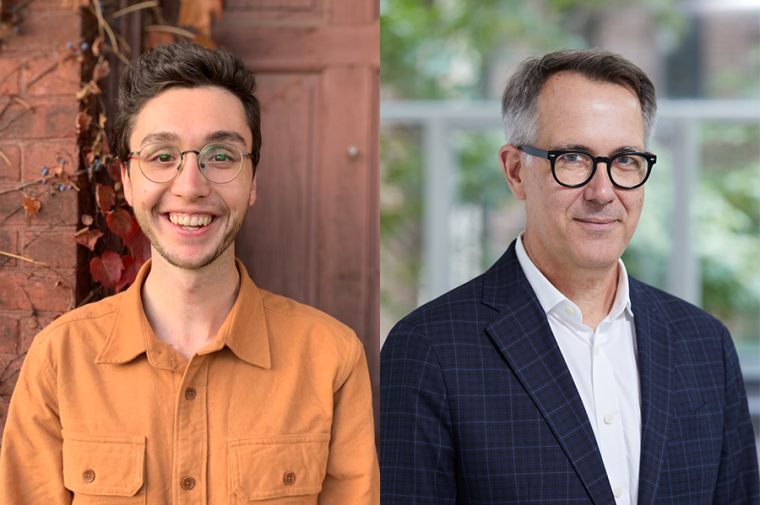April 11, 2024
Stuart Weitzman School of Design
102 Meyerson Hall
210 South 34th Street
Philadelphia, PA 19104
Get the latest Weitzman news in your Inbox
Areas
The Department of Historic Preservation celebrates the release of the latest issue of Prospectus, a biennial publication presenting an overview of the academic program, a sampling of student work, and current research.
Each issue is centered on a critical theme challenging and shaping the historic preservation field. The latest issue, History Now!, was edited by two of our newest faculty members, Sarah Lopez and Amber Nicole Wiley.
In their introductions to this issue, Lopez and Wiley unpack why they chose to emphasize history—the discipline and the practice—as an urgent matter for the field of historic preservation. For more, read the issue in its entirety.

Amber Wiley
“We’ve got to tell the unvarnished truth.”
John Hope Franklin, 2005
History is under attack. This is not the first time, nor will it be the last. This statement is not meant to be alarmist. It is a matter of fact. Thus, what follows is a brief recount of how and why the intersections of history and our documentation, interpretation, conservation, and design of the built environment are of critical importance. We must move away from the notion that what we do within these realms are the incontrovertible outcomes of objective applications of theory and praxis, and instead reckon with institutional structures that have undue influence on our results. The practice of history is one such framework that does need to be examined, but from the perspective of expansion, rather than reduction. In the view of history praxis, less is not more.
It was early in my undergraduate years that I realized the power of history. Rather, the power of historical omission. My Intro to Architecture course highlighted the grand schemes of visionaries, city commissioners, and private monied interests in urban renewal and city planning. What were they trying to accomplish? Why were these large-scale changes necessary? What does this reveal about the nature of the city? These were the questions our professors wanted us to pursue. But I had questions of my own—why don’t we hear about the people who were impacted? What did these visions do to their communities, their sense of place, their sense of self-worth? What are these areas like now? What is it like to live there? And most importantly—why aren’t we talking about these things?
The Urban Renewal Authority in Muskogee, Oklahoma demolished my grandparents’ home and replaced it with a shopping mall in the mid-1980s. It could have been a case study presented in my class. But my family was on the receiving end of those actions, not a part of the planning or visioning processes. We were historically omitted from the curriculum and from my classmates’ consciousness. Our insights were placed outside the realm of knowledge production. Through the process of historical omission, my professors overlooked our epistemological contributions to understanding the built environment.
This omission was to the detriment not only of our perspectives and insights, but also my classmates’ educational experience. These historical omissions resulted in a lack of rigor in the educational process. My classmates were not made aware of the historical impacts of environmental racism, the loss of generational wealth, purposeful destruction of communal ties, and the scars that remain in the absence. How would they have approached design projects differently if they knew these things? Indeed, grand historical narratives do not exist without their messy, controversial, and often disturbing undersides. We must grapple with these multiple truths—as Black queer feminist Audre Lorde argues, “descend into the chaos of knowledge”—to emerge adequately prepared to address compelling needs in our field for today and for the future.

Sarah Lopez
Throughout the ages, axioms and aphorisms arguing for historical thinking abound. The past is not dead, it is not even past. Those who do not remember the past are condemned to repeat it. History is who we are and why we are the way we are.
As the discipline tasked with creating knowledge about human relationships to both time and space, by definition history and historical thinking challenge fascism and demagogy. As Confucius wrote: “Study history. Study history. In history lies all of the secrets to stagecraft.” Or how about American social historian Howard Zinn? “If you don’t know history it’s as if you were born yesterday. If you were born yesterday a leader can tell you anything.”
I agree with—and even live by—all of the above. And yet my reasons for studying and producing history, and specifically the history of the built environment, are perhaps simpler. In what I experience as a chaotic and troubling time, I study history to give my life meaning. I find the wicked problems, challenging complexity, and boundless mystery that arise when one turns toward the past and asks: “how did this come to pass?” and “who are we now because of it?” a great salve, great comfort, and source of hope in an era of global uncertainly—an era that is, for some, certain darkness.
The study of the history of the built environment gives my life meaning because it activates my surroundings, the material context of my life. History also allows me to connect macro processes to micro decisions anchored and evident in our everyday environments. I search for the untold stories of valiant and sometimes forgotten or neglected protagonists of history to not only view but also place their role in the grand fabric of society. I work on Mexican migration as a spatial, material, and historical fact.
My colleague Amber Wiley and I, as new members of the Department, join forces with Professors Francesca Ammon and Aaron Wunsch to further strengthen the Department’s (also strong in the areas of conservation, planning, and design) concentration in public history. Together we embark on reinvigorating and experimenting with how we identify sites of importance in our cities, as well as how we tell the stories of those sites. Digital humanities, oral history, urban occupations, and community engagement are key ingredients to elevating the role of history in the fight to steward our cities, ushering in a future that best represents the people who make them vibrant. As we look forward, I invite us to collectively consider the following questions:
How can the study of history inform the future trajectory of the field of Historic Preservation?
What role can historic preservation play in recognizing the fundamental role of marginalized community groups whose built heritage might not fit into standard historic preservation guidelines? And, how can “history” support this goal?
How can we build on the legacy of historic preservation as we challenge its boundaries and expand the field’s purview? How can we leverage history—the history of past actions by activists, doers, squatters, builders—in envisioning the field’s future?


 Expand Image
Expand Image

